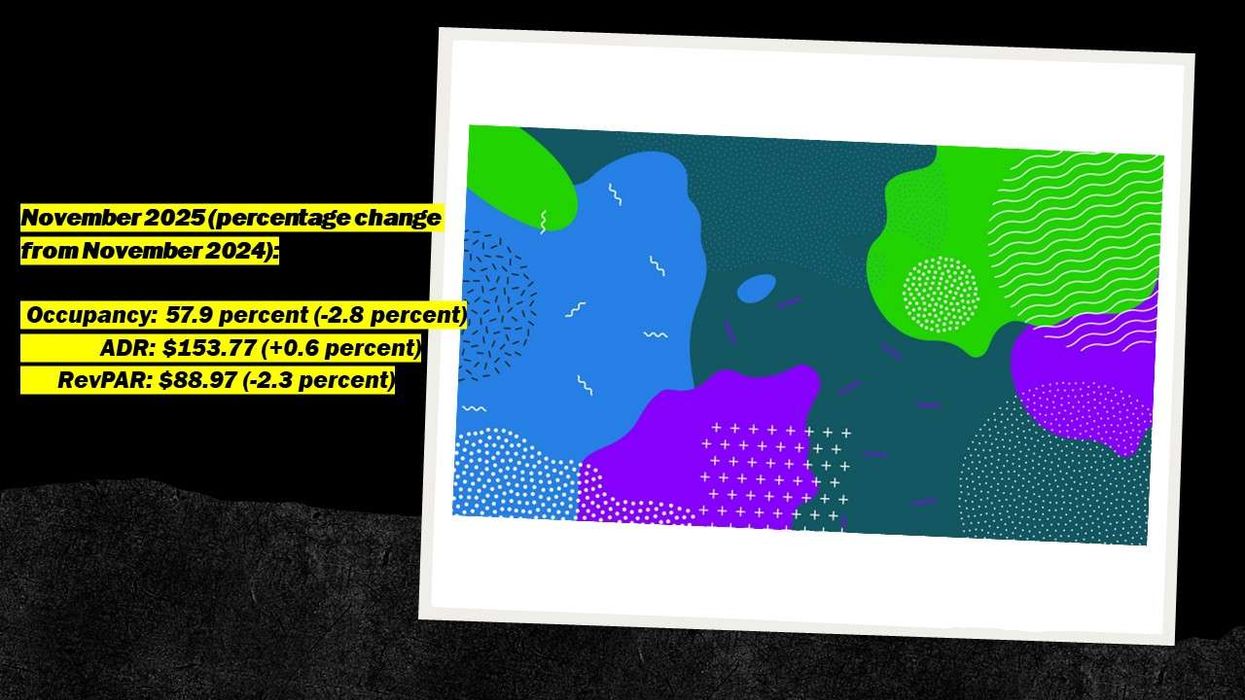U.S. HOTELS ARE seeing improvements in occupancy since the low point of the COVID-19 pandemic, but short-term apartment rentals are recovering faster, according to the final version of a report from STR and AirDNA. In fact, short-term rentals are approaching the same RevPAR levels that they saw last year.
The whitepaper, “COVID-19 impact on hotels and short-term rentals,” examines 27 global markets to analyze the performance of traditional hotels along with hotel-comparable short-term rentals (studios and 1-bedroom units) and larger short-term rentals (2 bedrooms or more). It used weekly data from January 2019 through the week ending with June 27, 2020.
Preliminary results from the study released last week found that during the most recent week of the analysis, larger short-term rentals had the highest occupancy, 61.4 percent. Short-term rentals most comparable with hotels came in at 58.2 percent, while traditional hotels were at 39.2 percent.
The final results were similar. For the entire time period of the study, hotel RevPAR was 64.8 percent lower than the previous year. Short-term rental RevPAR, on the other hand, was down 4.5 percent year over year.
Other key findings include:
- Hotels bottomed out at 17.5 percent occupancy for the week ending March 28, while short-term rentals fell to a low of 34.3 percent. Hotels were hit harder due to greater reliance on group demand and business travel. Largely a result of its further drop, hotel occupancy has since increased 124 percent from its low point.
- Occupancy decreased uniformly within all the 27 markets covered, with the exception of short-term rentals in Atlantic City. New Orleans was among the worst-hit markets for both hotels and short-term rentals.
- The migration of travelers toward midscale and economy class properties led to steeper declines in hotel ADR. Nashville and Austin saw more pronounced demand declines for higher-end hotels compared with the lower end of the market.
- Through the early stages of performance recovery, regional markets have performed better than their urban counterparts for both hotels and short-term rentals. Gatlinburg/Pigeon Forge, Tennessee, is one example.
Hotel investment advisors The Highland Group released a study in early July that also found short-term rentals were outpacing hotels during the downturn. Demand and revenue for the short-term rental for the first four months of 2020 were both down from the same time last year, 15 percent and 22 percent respectively. The same metrics for hotels fell 32 percent and 35 percent, according The Highlands Group’s US Short-Term Rental Market Report 2020.












